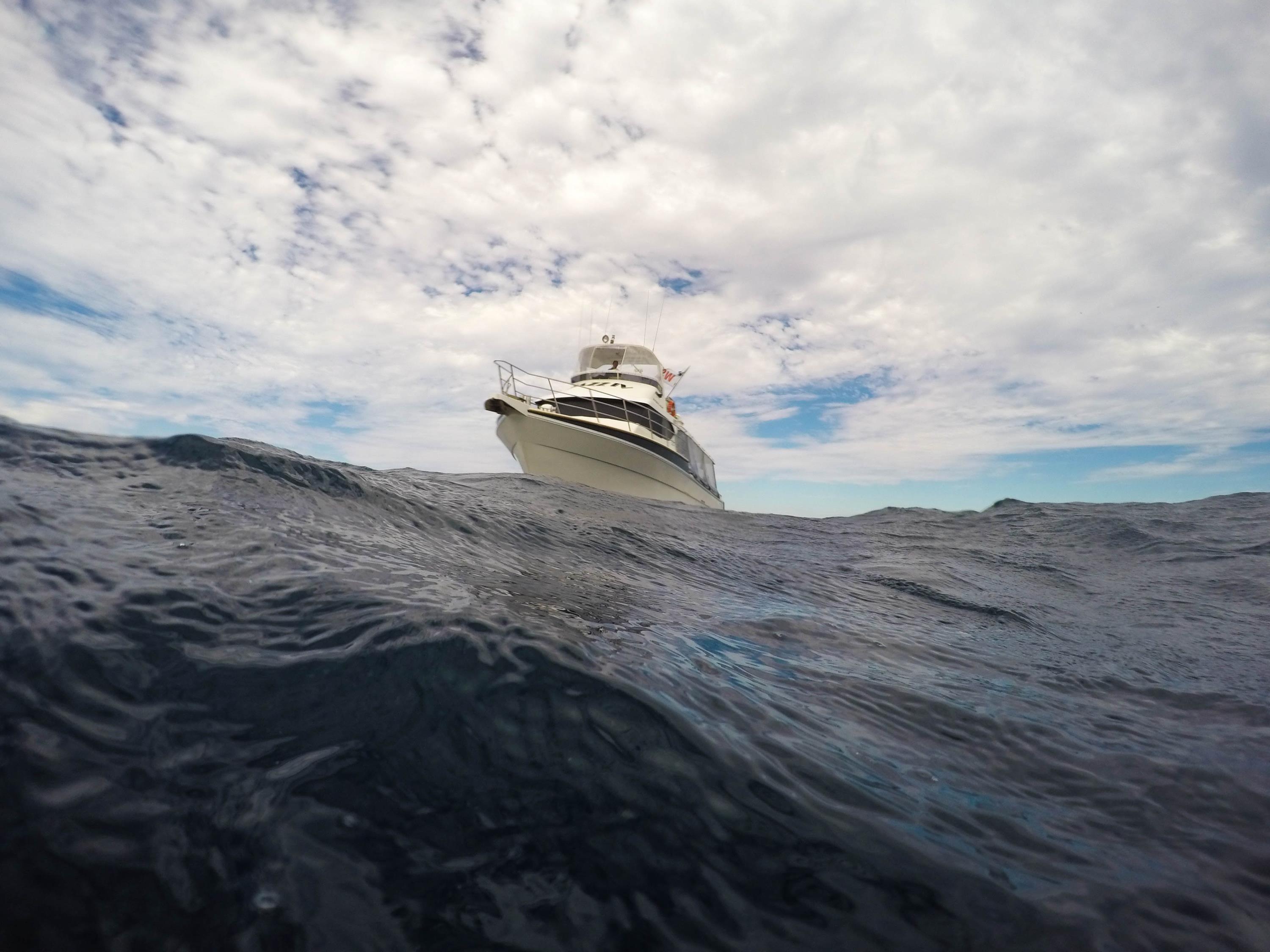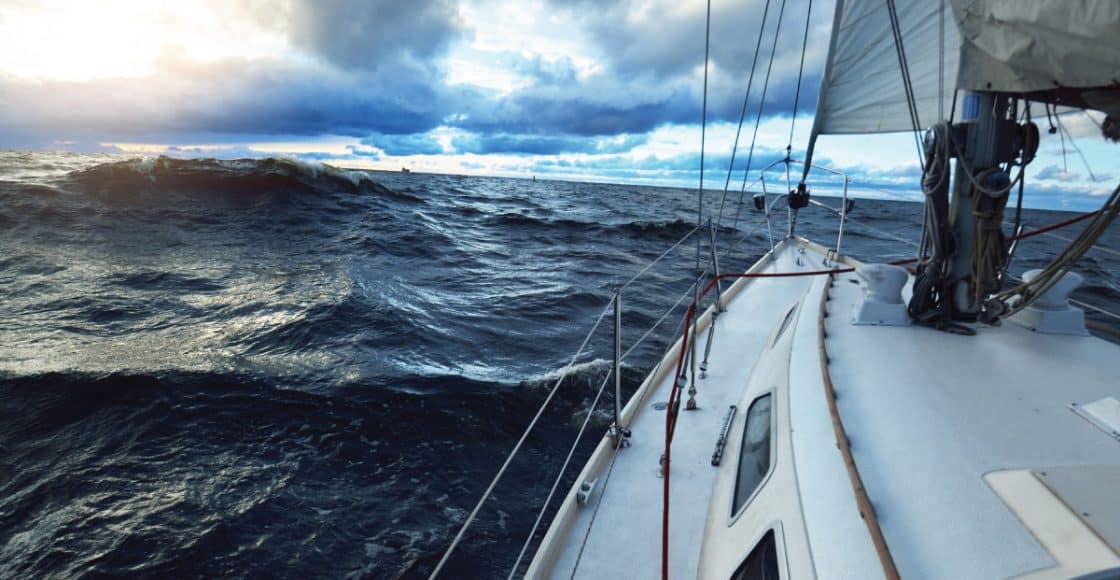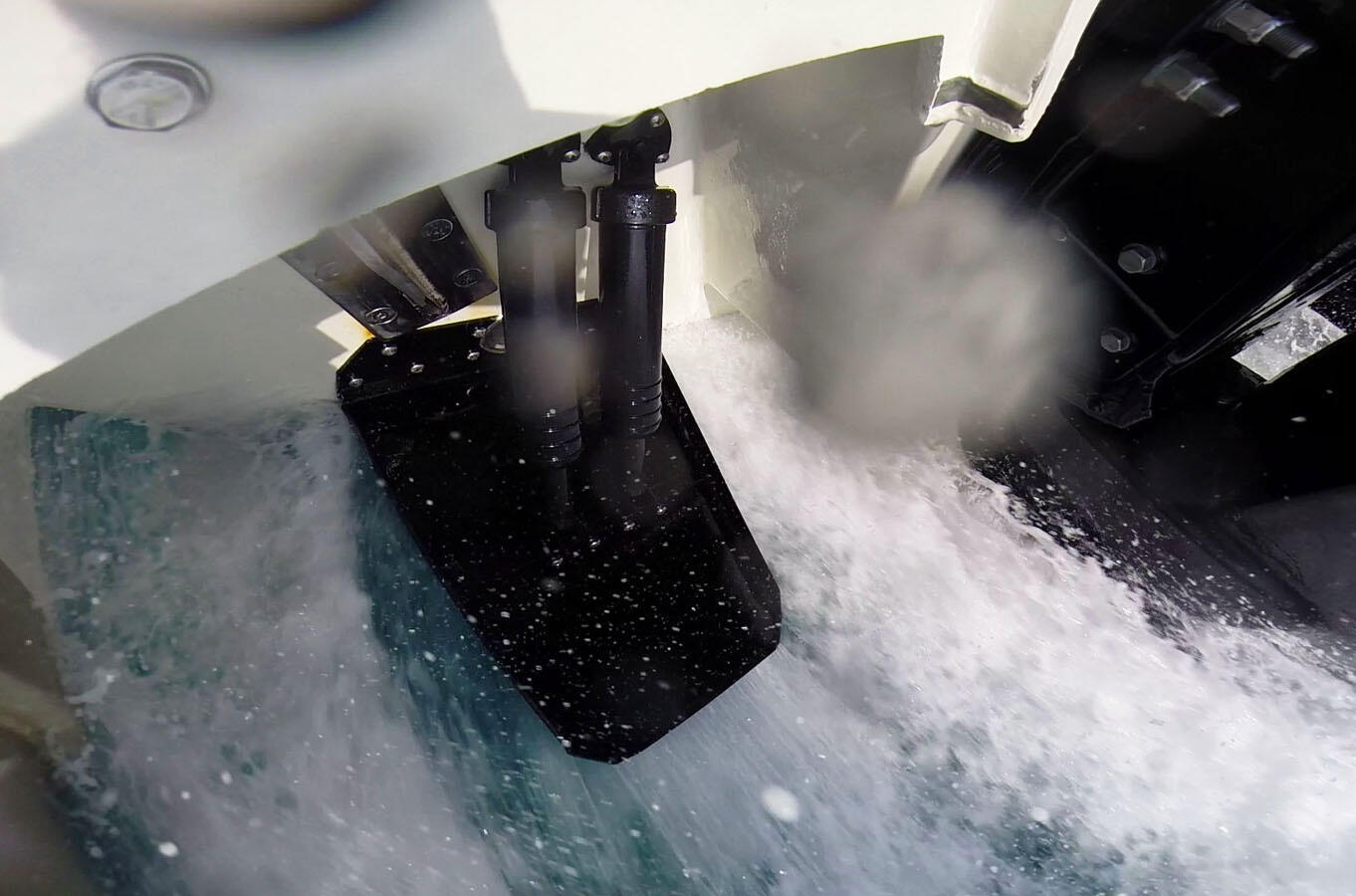Views: 0 Author: Site Editor Publish Time: 2024-07-26 Origin: Site









Choppy water is characterized by short, irregular waves typically caused by wind or the interaction of different water currents. These conditions can challenge even experienced boaters due to the unpredictable nature of the waves.

Preparation Before Setting Out
Check the Weather Forecast: Always review the weather forecast before heading out. Look for wind speeds, wave heights, and any potential storms. Websites like NOAA and local maritime weather services provide reliable information.
Inspect Your Boat: Ensure your boat is in good working condition. Check the engine, bilge pumps, and safety equipment like life jackets, flares, and a first aid kit. A thorough inspection can prevent mechanical failures in challenging conditions.
Load Evenly: Distribute weight evenly throughout the boat to maintain balance and stability. Uneven weight distribution can make handling more difficult and increase the risk of capsizing.

Adjust Your Speed: Reduce speed to prevent the boat from slamming into waves. Slowing down minimizes the impact on both the boat and passengers. However, maintaining enough speed is essential to retain steering control.
Angle Into the Waves: Instead of facing waves head-on or from the side, approach them at a 45-degree angle. This technique, known as quartering the seas, helps reduce the impact and keeps the boat more stable.
Use Throttle Adjustments: Continuously adjust the throttle to respond to changing wave conditions. Increase throttle slightly when climbing a wave and decrease it when descending to maintain a smooth ride.
Maintain a Steady Course: Keep a consistent heading to avoid sudden movements that can destabilize the boat. Use gentle steering adjustments to navigate through the waves rather than sharp turns.
Trim the Boat: Adjust the trim to keep the bow up, which helps the boat slice through waves more effectively. Proper trim can improve fuel efficiency and reduce strain on the engine.

Wind-Driven Waves: These are short, steep waves caused by local winds. The best approach is to slow down and take the waves at an angle to minimize impact.
Tidal Waves: These waves are longer and can be more predictable. Maintaining a steady speed and course can help manage these waves effectively.
Wake Waves: Generated by other boats, these can be unpredictable. Slow down and turn towards the wake at a slight angle to absorb the impact gradually.
Wear Life Jackets: Ensure all passengers wear life jackets at all times. In rough conditions, the risk of falling overboard increases, and life jackets are essential for survival.
Secure Loose Items: Fasten all loose items on the boat to prevent them from becoming hazards during rough conditions. Use bungee cords or storage compartments to keep everything in place.
Communicate Your Plan: Inform someone onshore about your plans, including your route and expected return time. This information is crucial for search and rescue operations if needed.
Stay Calm: Panic can exacerbate dangerous situations. Maintain a calm demeanor, communicate clearly with your crew, and make deliberate decisions to ensure safety.

Marine Radio: A VHF radio is essential for communication in emergencies. Ensure it is functioning correctly and that you know how to use it.
GPS and Navigation Tools: Modern GPS devices and nautical charts help you navigate and stay on course, especially in poor visibility or unfamiliar waters.
Bilge Pumps: Ensure your bilge pumps are operational to manage any water that may enter the boat during rough conditions.
Emergency Supplies: Keep an emergency kit with flares, a whistle, a flashlight, and other essentials that can help signal for help if needed.

Using Trim Tabs: Trim tabs can help adjust the boat's balance by changing the angle of the hull in the water. They are particularly useful in choppy conditions to maintain stability.
Wave Anticipation: Experienced boaters develop a feel for the rhythm of the waves, allowing them to anticipate and adjust their maneuvers accordingly. Practice and experience are key to mastering this skill.
Power Trim: Using the power trim effectively can help adjust the boat’s attitude in the water. Trimming the bow down in head seas and up in following seas can enhance performance and comfort.
Recreational Boating: In a scenario where a small recreational boat encounters choppy water, the captain adjusts speed and trim, successfully navigating through 3-foot waves by maintaining a steady course and using throttle adjustments to manage the wave impact.
Fishing Boats: Fishing boats often face choppy conditions when heading offshore. Experienced captains use a combination of wave anticipation and steady speed adjustments to ensure a safe and productive trip.
Rescue Operations: Rescue boats frequently operate in rough conditions. They employ advanced techniques like wave anticipation, effective use of trim tabs, and constant communication with the crew to handle emergencies efficiently.
Maneuvering a small boat through choppy water requires preparation, skill, and the right equipment. By understanding the nature of choppy water and applying the techniques discussed, boaters can navigate safely and efficiently. Always prioritize safety, remain calm, and continuously improve your boating skills through practice and experience.
Boating in rough conditions can be challenging, but with the right knowledge and preparation, it is possible to handle your vessel confidently. Stay informed, stay prepared, and enjoy your time on the water, even when the waves get choppy.
